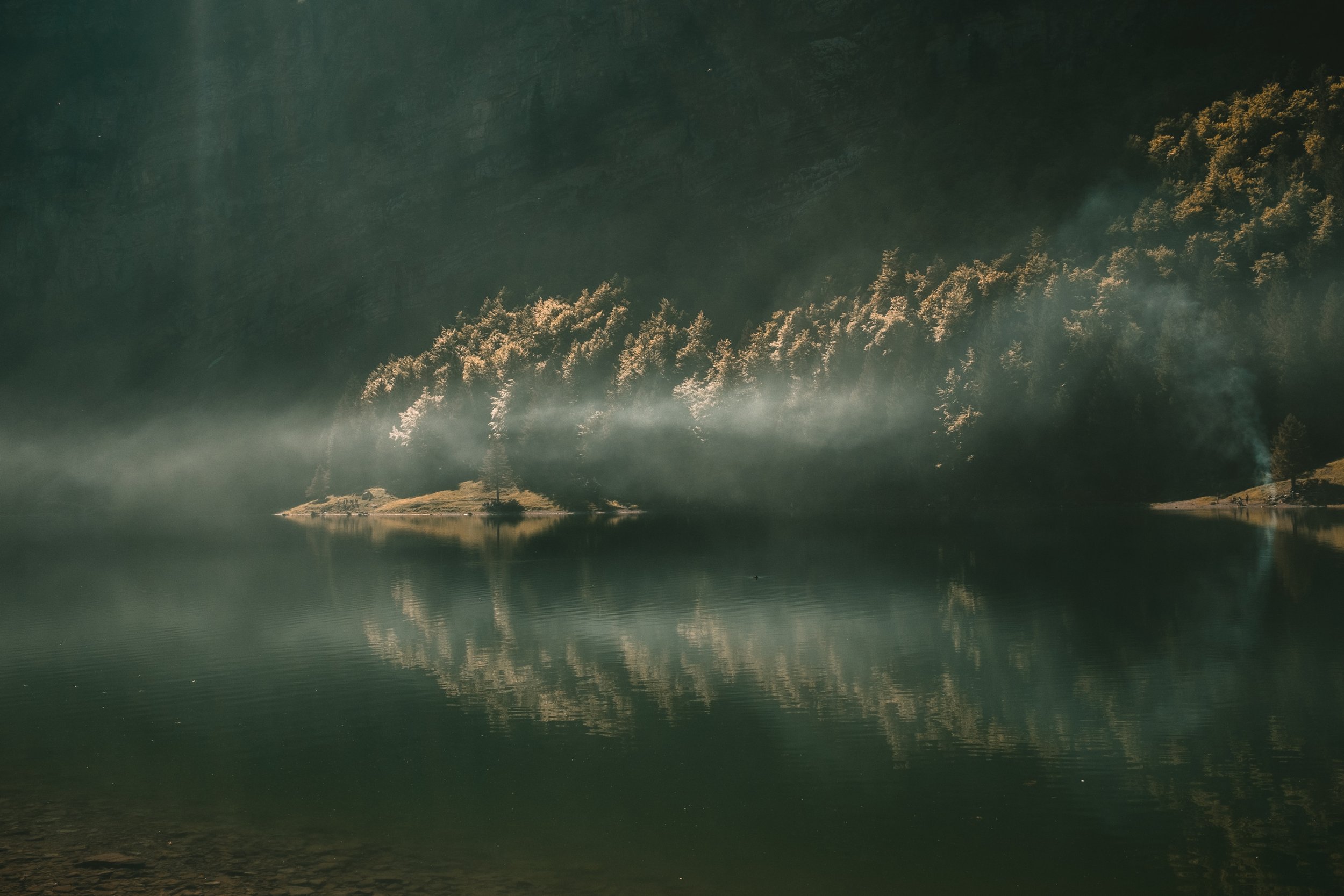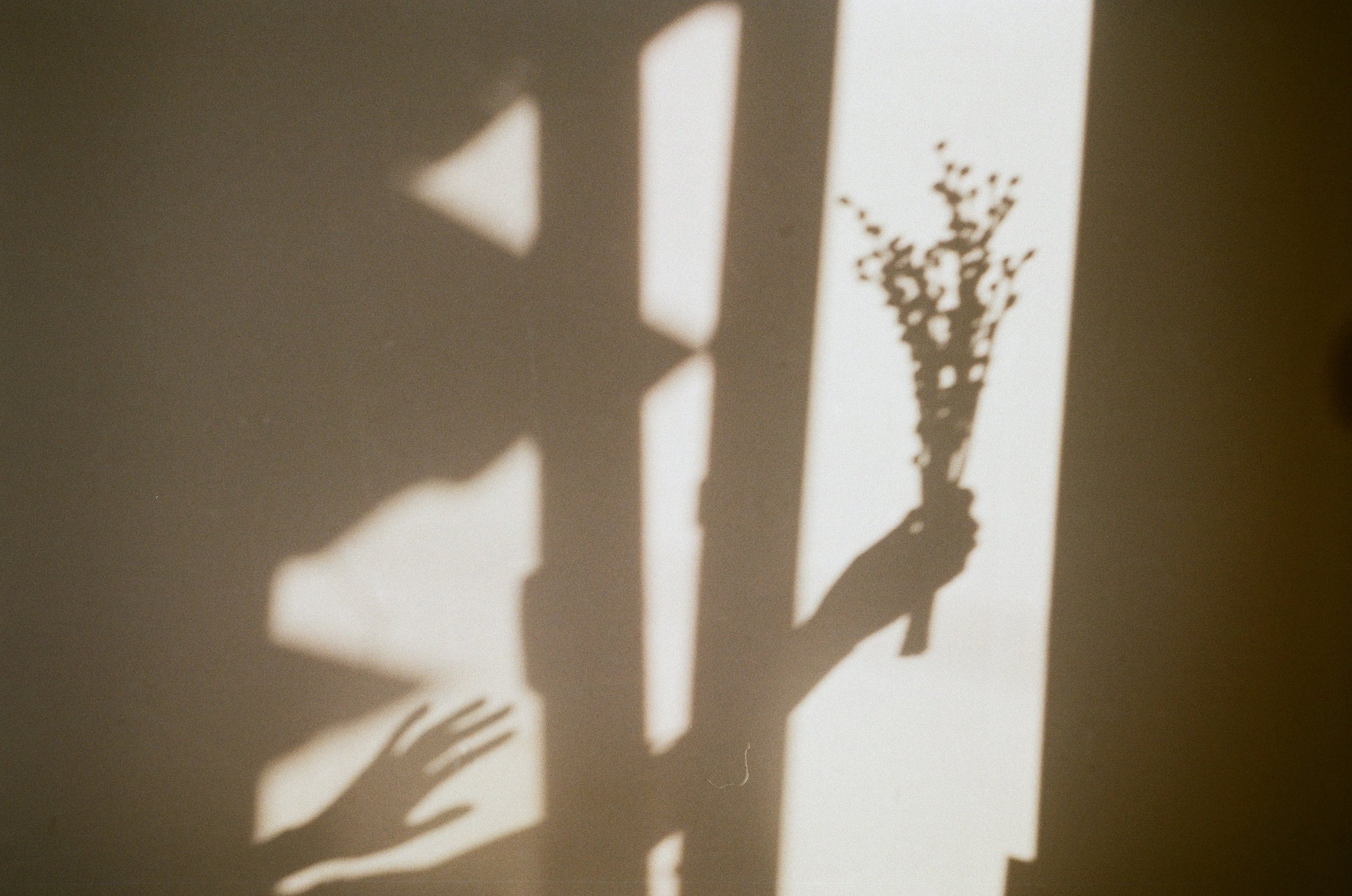How to reclaim safe spaces, both physical and mental, after sexual assault or a traumatic event.
Credit: The Write Type
BY ALAINA LEARY
Going into Boston is normally quite a calming experience for me. I grew up just outside the city, so my childhood was filled with frequent train trips to go shopping, take walks and see museums.
This day, however, was different. As I approached the mall, I started seeing more and more people dressed in familiar outfits, mainly mimicking anime and video game characters, with some pop culture, sci-fi and fantasy thrown in: they were cosplayers.
I’m all for cosplaying. I love the fact that people put so much passion and effort into something they care about. I have a cousin and several acquaintances who cosplay for conventions every year, and they go all out.
So what was my problem? To be honest, I was afraid I’d see my rapist at the convention. And I was even more afraid I wouldn’t recognize my rapist until it was too late, because they’d be wearing cosplay. I was terrified we’d come face-to-face and I wouldn’t even know it until we were in close proximity.
With all the recent talk about trigger warnings in classrooms, the idea of a “safe space” comes up frequently among conversations in my generation. People seem to genuinely care about the physical and mental well being of others, which is refreshing. But what does it mean to create a safe space, and what happens when your safe space is also occupied by the source of your trauma?
These are some of the questions I had to ask myself before attending the con, while I was at the con, and after I’d returned home.
1. How do I define what a safe space is?
Ideally, everywhere would be a safe space. But, in general, I regard safe spaces as places I feel comfortable. Places that feel a bit like home, a bit like a community, to me. In my eyes, writing and the arts have always been a safe space. I use writing and other creative arts to feel better when I’m upset. They’re therapeutic.
The anime and fantasy world was always a safe space for me. It’s a community that tends to be welcoming of oddballs, and of queer people, both of which I am. I felt it was easy to connect to fictional characters, especially when I broadened myself up to international media rather than just American primetime television. While all my friends were watching Grey’s Anatomy as teenagers, I had a whole host of LGBTQ+ anime shows I was obsessed with.
The question, then, becomes: How can something I care about be a safe space when my assailant also cares about it?
This is definitely something I’ve struggled with. Part of the reason my rapist and I became friends—long before I ever suspected she’d hurt anyone in that way—was because we bonded over fantasy elements. We both liked to write. We both liked to draw. We both watched anime, and read fantasy YA on the regular.
After I was raped, my trust was destroyed. Although my rapist and I hadn’t been friends in years by that time, and I’d known she was toxic for a long time, my main problem was that I felt betrayed by one of my own. My rapist was a queer, cosplaying writer. How could I continue to feel safe among other creative types, among other fantasy-lovers, after something like this?
2. How do we reclaim our safe spaces?
I didn’t feel safe in my own body for a long time after my rape. Worse, though, was that I didn’t feel safe in my own head or my own personality. My mind wanted to fight against so many aspects that make me who I am, simply because they reminded me of my rapist. I didn’t want to write anymore. I didn’t want to read fantasy. I didn’t want to watch anime. I didn’t want to be artsy.
It took me a long time to realize that these things, for me, were a metaphysical safe space much in the same way that my favorite room in the house, or a chair by the beach, also was. They provided me with comfort, and they’d always felt like a home to me. Somewhere I knew I’d be protected. Somewhere I could return to, if the outside world got rough.
Once I realized these experiences meant safety to me, it was hard to let go of them. My instinct was to fight them: to kill anything that even vaguely resembled my rapist. After the rape, I stopped all creative writing. I didn't write a single word that wasn’t assigned for class. My metaphysical safe space had been taken away. There was no home to go to, and things in the outside world were rough, because I was dealing with the aftermath of a serious trauma.
I had to ask myself: How can I make this place, even though it’s not a physical place, mine again?
I tried to recreate the worlds I’d been a habitant of, but in a new light. Although these worlds were often solitary, they were also strongly reminiscent of community. I’d made friends who were also writers, artists, fantasy nerds.
That’s what I decided to do again. I recreated the community in a new safe space. My girlfriend, who is also a writer, artist, fantasy YA reader, and anime watcher, helped me do this. She saw how difficult it was for me to enjoy things that were so central to my personality, so we created a new safe community. We invited other English majors and writers to take classes with us, and to go with us to on-campus writing workshops and creative work readings. We asked our close friend and roommate to watch an anime series with us, just to give it a shot. (She ended up loving it.) We recommended fantasy books to friends and then talked about them.
After I started doing these things again in a safe space with others who understood my trauma, I was slowly able to do them on my own. I took my first class as an English major about a year after my rape, with my girlfriend and several friends in the class. I wrote a poem for the first time without being instructed to by a professor. I let my friends read it, and we all laughed and joked and had fun.
The thing about trauma is that a part of me was worried the entire time I was doing these things. I knew it was possible to re-trigger myself, and cause a PTSD panic attack at the memory of enjoying these things with someone who later destroyed my trust. It was necessary to ease myself back into the process of enjoying my former safe spaces, rather than drown myself in it. It was a slow process, one foot in front of the other.
3. How can we prepare for triggers of the past trauma?
This is the question I asked myself every day for weeks before attending the convention. It was the first time I’d been in five years, not just because of the trauma, but also because I was studying in college in the middle of nowhere and it was impossible to get back to go to it.
Now that I’m living in Boston again, I was determined to go to the convention. I wanted to go, dammit, and I wouldn’t let my trauma stop me! That didn’t stop my brain from sending me daily nightmares about seeing my rapist on the train, at the mall, in a crowd of faces.
So what can we do to prepare ourselves for situations we think are bound to be a little more stressful, and which may re-trigger past trauma?
In my case, I had reason to believe my rapist—who I haven’t seen since the attack—would be at this particular convention, although I have no idea if my suspicions were accurate. She tends to go every year, though, and almost always dresses in cosplay.
Attending this con was a big step. It involved the possibility of seeing my rapist, and I knew because of the sheer size of it, it might re-trigger trauma even if I didn’t end up seeing her.
I was right.
But that didn’t make the experience not enjoyable. What I’ve learned, in my four years now as a rape survivor, is that there are so many moments that can re-trigger trauma. An unexpected nightmare that wasn’t caused by anything. A rape scene in a television show or a movie. A mention of my rapist in casual conversation by someone who doesn’t know. But my life is still worth living—and I love living it. Even in the moments when I’m dealing with the aftermath, with the PTSD, I love being here.
The con was stressful. A few times, when I thought I saw someone in cosplay who resembled my rapist, I had small panic attacks. I escaped into a mall Barnes & Noble for a while to calm down. Books have always been a safe space for me, too. I treated myself to Au Bon Pain, my favorite Boston café, which has never reminded me of my rapist. I ate a lox bagel. I drank soda. I took deep breaths.
The best way to prepare for a possible triggering of trauma is to be aware. Know your triggers, if you can, and what happens when they occur. Do you have panic attacks? Severe anxiety? Do nightmares crop up as a result? Do you dissociate? These are all things you should try to keep track of, as it happens, even though it may seem uncomfortable. It’s useful for situations where you have an idea that it may happen.
Also be prepared to practice self-care. I bought myself food that I enjoy, and took time away to surround myself with books. I had conversations with my girlfriend about our favorite anime and manga. I treated myself to dinner at my favorite restaurant. I went home, and went to bed early to get a good night’s rest. I knew it would be a stressful day for me, so I prepared ahead of time to be ready for self-care.
Safe spaces aren’t as clearly marked as you’d assume—sometimes, the spaces that were safest to us aren’t always trauma- and trigger-free. That’s why it’s increasingly important to practice mindfulness, be prepared with self-care tips, and above all, know yourself. Know what works for you, what doesn’t, and what your limits are. Take care of yourself and, if you feel comfortable, make others aware of what happened and the potential for re-triggering so they can be a support system for you.
Alaina Leary is a native Bostonian currently completing her MA in Publishing at Emerson College. She's also working as an editor and social media designer for several brands. Her work has been published in Cosmopolitan, Seventeen, Marie Claire, BUST Magazine, Good Housekeeping, Her Campus, Ravishly, The Mighty, and others. When she's not busy playing around with words, she spends her time surrounded by her two cats. She can often be found re-reading her favorite books, watching Gilmore Girls, and covering everything in glitter. You can find her on Instagram and Twitter @alainaskeys.































